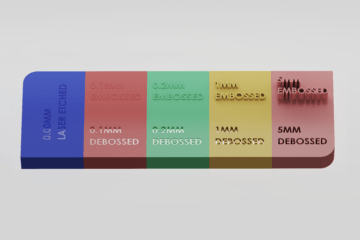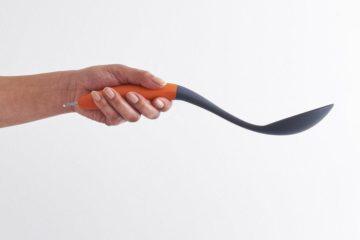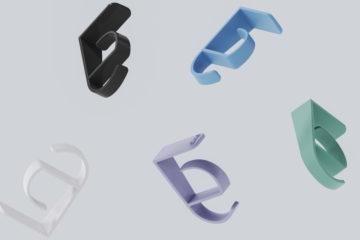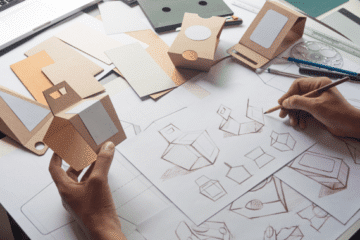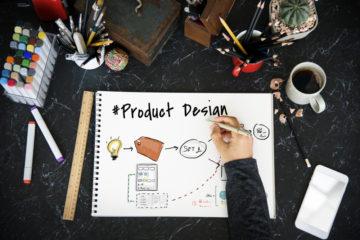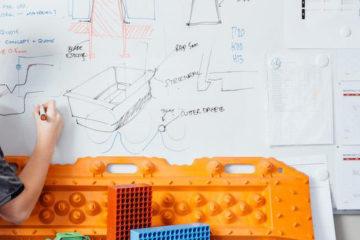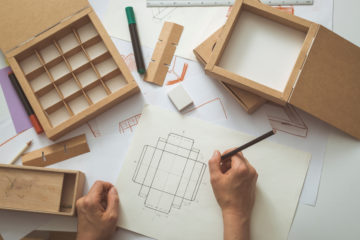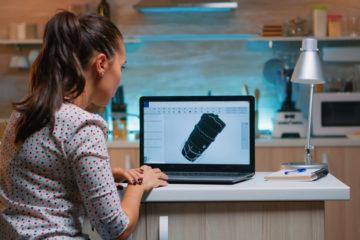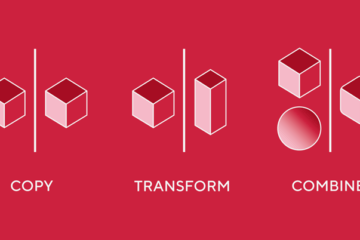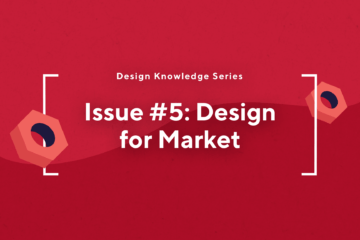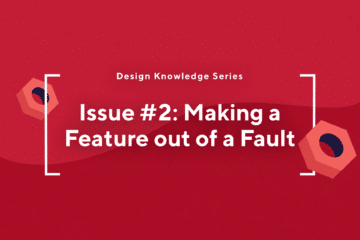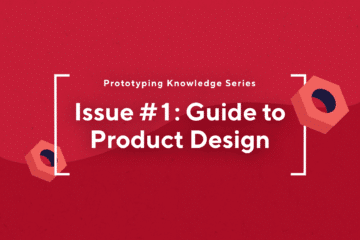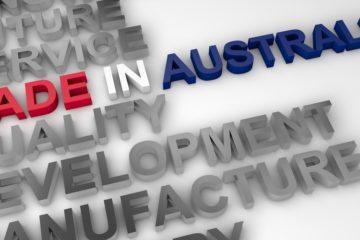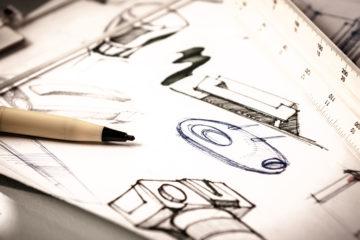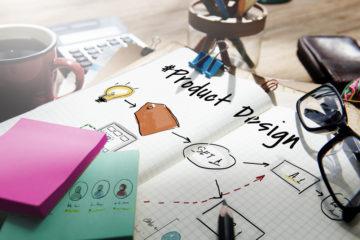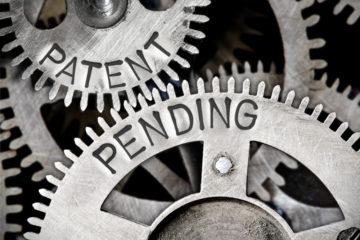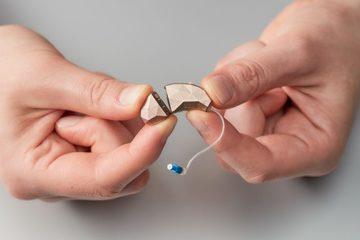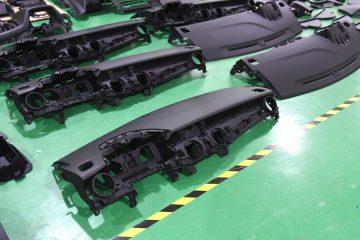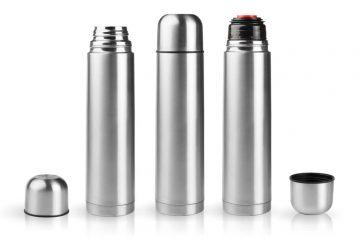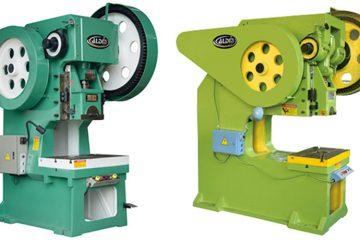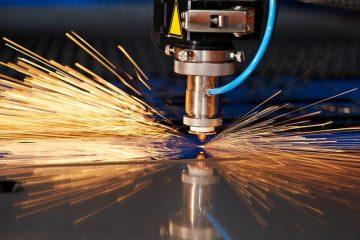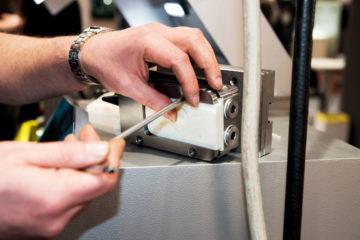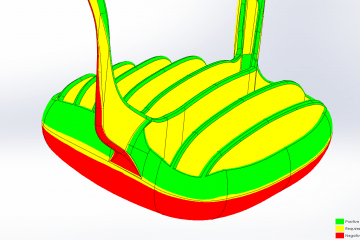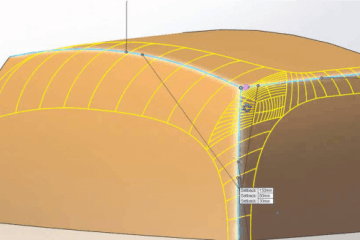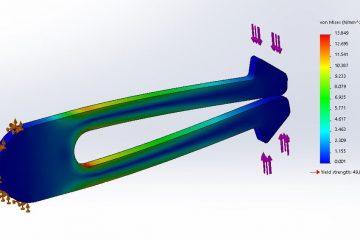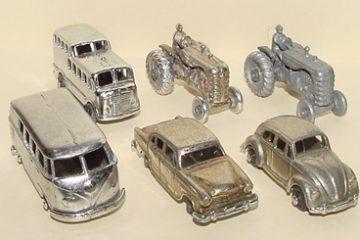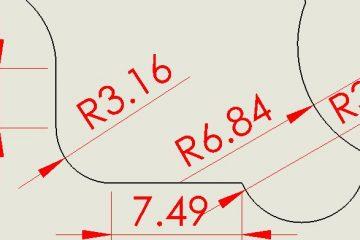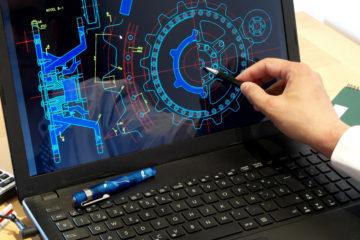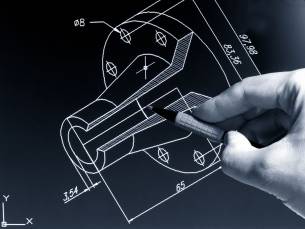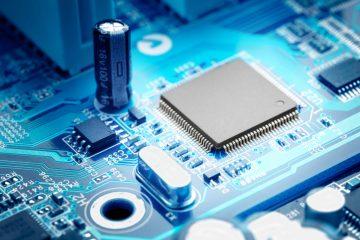
Manufacturing is the process of converting raw materials into finished products. The process involves various steps that are undertaken in a systematic manner to ensure the production of high-quality goods. In this guide, we’ll take you through the essential steps involved in product manufacturing and provide you with valuable insights that can help you develop your products efficiently.
Product Design
The first step in the manufacturing process is product design. This step involves creating a blueprint or a design that outlines the product’s features, functions, and appearance. It is important to have a clear understanding of the product’s intended use, target audience, and budget before starting the design process. The design should be aesthetically pleasing and should meet the user’s needs.
The design process involves various stages such as conceptualisation, prototyping, and testing. Conceptualisation involves brainstorming and creating an initial design that meets the product’s requirements. Upon creation of the initial design, a prototype is developed, and the product is tested to ensure that it meets the required specifications. Testing is essential to identify any design flaws and to make the necessary improvements.
Product Development
The product development stage involves transforming the design into a physical product. This stage involves creating a detailed plan for the production process, sourcing the required raw materials, and selecting the appropriate production method. The production method can vary depending on the type of product and the quantity to be produced.
The product development stage also involves creating a quality control plan to ensure that the finished product meets the required standards. Quality control measures include testing the raw materials, inspecting the finished product, and conducting quality control checks throughout the production process.
Design for Manufacturing
Design for Manufacturing (DFM) is a design methodology that involves designing products with the manufacturing process in mind. DFM aims to optimise the manufacturing process by minimising the cost of production and maximising the efficiency of the manufacturing process.
DFM involves considering various factors such as the type of materials used, the production method, the product’s geometry, and the product’s assembly requirements. The design should be optimised to minimise waste, reduce production time, and increase the product’s overall quality.
Manufacturing Process
The manufacturing process involves converting the raw materials into finished products. The process can vary depending on the type of product and the production method used. However, the general manufacturing process can be broken down into several steps.
The first step in the manufacturing process is preparing the raw materials. This step involves sourcing the required raw materials, inspecting them for quality, and preparing them for production. The raw materials are then transformed into a usable form through various methods such as cutting, moulding, or casting.
The next step is assembling the product. This step involves combining the various components of the product into a finished product. The assembly process can vary depending on the product’s complexity and the production method used.
Once the product is assembled, it undergoes various finishing processes such as polishing, painting, or coating. These processes are designed to enhance the product’s appearance and protect it from damage.
The final step in the manufacturing process is quality control. This step involves inspecting the finished product to ensure that it meets the required specifications. Quality control measures include testing the product’s functionality, inspecting it for defects, and verifying that it meets the required safety standards.
Manufacturing Technologies
The manufacturing industry has undergone significant technological advancements in recent years. These advancements have led to the development of new manufacturing technologies that have improved the efficiency and quality of the manufacturing process.
One such technology is additive manufacturing or 3D printing. 3D printing involves creating a physical object from a digital model. The technology allows for the creation of complex geometries and customised products, making it ideal for prototyping and small-scale production.
Another technology is Computer Numerical Control (CNC) machining. CNC machining involves using computer-controlled machines to manufacture parts with high precision and accuracy. The technology is commonly used in industries such as aerospace, automotive, and medical devices.
Overall, understanding the essential steps involved in product manufacturing, from product design to quality control, is crucial in ensuring the production of high-quality goods. Implementing design for manufacturing principles and utilising advanced manufacturing technologies can also help optimise the manufacturing process, reduce costs, and improve efficiency. With this ultimate guide to product manufacturing, you can now start developing your products with confidence and success.
Looking to get your product manufactured?
At Dienamics, we have over 35 years of experience in industrial design, tool making and manufacturing in Brisbane. We offer specialised design services to help you take your concept from an idea to a reality.
Subscribe to Our Newsletter
Get the latest news from Dienamics into your inbox






